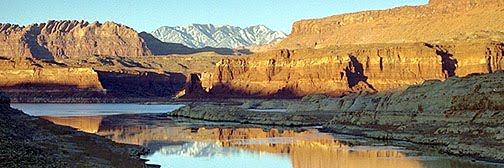 Now that the William and Mary Ogden family are safely established in their red adobe house in Richfield we should catch up on what was happening with family relationships. Consider this time line of events occurring within this closely knit family:
Now that the William and Mary Ogden family are safely established in their red adobe house in Richfield we should catch up on what was happening with family relationships. Consider this time line of events occurring within this closely knit family:Sept. 24, 1868 The Ogdens arrive in Salt Lake with the Edward T. Mumford Company
Nov. 1, 1869 Mary Anne Ogden, 2nd oldest child, marries W.C.B. Orrock in the Endowment House. Their romance first started back in England.
Oct 9, 1871 Jane Ogden, 4th child in the family, marries Henry Dall. She is 19 at the time; he, 32 and a widower of nearly 8 years. He brings to the marriage a son, Samuel, age 9.
Aug 24, 1872 James Ogden, now age 26 and oldest of the children, marries 24-year-old Alice Wray. Alice had arrived with her family from the Lancashire area of England via the ship Wisconsin on August 13.
Allowing for a week’s train travel the marriage took place about 4 days after her arrival in Utah. This also looks like a romance that had its start back in England and had been patiently waiting to develop.
Mar 31, 1873 Thomas Ogden, the third child of the family, marries Ann Marsh. Ann had arrived in New York on September 17, 1872, on the ship Minnesota. She came with her mother and 3 sisters from the Bolton area in England; perhaps another Lancashire romance. At the time of this marriage, Thomas was 24 and Ann was 19.
Summer 1873 Approximate time the Ogdens relocated to Richfield.
Dec 27, 1873 Alice Wray, wife of James Ogden, dies in Richfield two days after the first Christmas in their new home. No details of the cause of death are available. They were married only 16 months. She was buried in the Richfield Pioneer Cemetery.
Oct 13, 1874 James marries Betsy Marsh, the sister of Ann, and oldest of the four Marsh daughters.
If the family gathered together in 1875 for Thanksgiving dinner, there would have been William and Mary, their seven children, four sons or daughters in-laws, and nine grandchildren at the table, a total of 22 people; more than double their family size in six short years.









